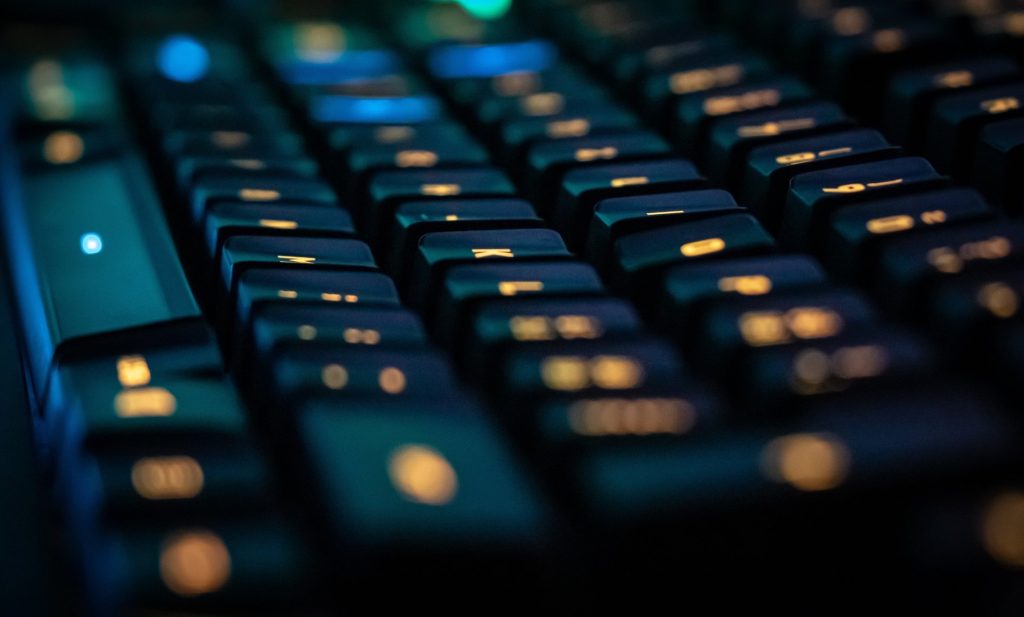How to Optimize Your Windows PC for Maximum Performance – Daily Business

Does it seem like your Windows PC is performing at a reduced speed? Background processes, settings, and ‘clutter’ can become a drag on a system’s over time. Fortunately, there are techniques you can employ without the need for advanced tech knowledge.
This article will outline effective methods and shortcuts to Windows 10 and Windows 11 computers.
PC optimizer tool is a great option if you want a real time saving solution for automated fixes. Without further ado, let’s get started.


1. Disk Space Clean Up
Devices with a cluttered hard drive often experience a reduction in performance. Performing the following steps will help reclaim lost functionality:
- Run Disk Cleanup (Search for it in the Start menu)- This will remove system junk, temporary files, and cache.
- Uninstall programs that are not in use (Go to Settings>Apps>Installed apps)
- Delete large files (Tools and PC optimizer tools such as Avast PC optimizer, WinDirStat, are great for scanning space hogs)
- Store files in cloud or external drives. OneDrive and Google Drive are ideal.
Pro Tip: An SSD’s read and write speeds far surpass those of an HDD, so switching to one will benefit you tremendously!
2. Disable Startup Programs
Having too many apps start at boot can severely hinder speed.
- Use the shortcut Ctrl + Shift + Esc to launch Task Manager.
- Navigate to the Startup tab.
- Disable unneeded programs (Spotify, Steam, etc).
Maintain only necessary ones, like antivirus, while keeping most disabled.
3. Optimize Windows Settings
A few tweaks in Windows settings can boost performance:
Modify Your Power Plan:
- Go to Control Panel > Hardware and Sound > Power Options.
- Select High Performance (for desktops) or Balanced (for laptops).
Disable Visual Effects
- Search and find Performance Options in the Start Menu.
- Under visual effects select “Adjust for best performance” or untick and disable all animations manually.
Switch Off Background Apps
- Navigate to Settings > Privacy > Background Apps
- Disable any apps you do not require working in the background.
4. Update Drivers And Windows
Windows and driver updates released in irregular intervals, meaning that subsequently downgrading bug fixes is possible.
For Windows Update: Go to Settings > Update & Security > Check for Updates.
Updating drivers can be done through Device Manager (right-click devices > Update driver) or using specialized software for that given purpose.
5. Scan For Malware And Bloatware
Resources are always at risk of being drained by malware and bloatware.
- Conduct a complete scan using Windows Defender or another reputable antivirus program.
- Uninstall unwanted applications that come pre-installed such as Candy Crush and trial versions of McAfee.
A good PC optimizer tool can safely uncover and delete layered junk files.
6. Optimize Defragment Drives For HDDs Only
If your device contains an HDD instead of an SSD, defragmenting can streamline the data retrieval process.
- Simply type “Defragment and Optimize Drives” in the Start Menu.
- Select your drive and click on the Optimize button.
Important: Do not attempt to defrag SSDs as this will shorten their lifespan.
7. Upboost: Virtual Memory also known as Page File
If you consistently encounter alerts stating there is “low memory”, increase virtual memory.
- Search for “Advanced system settings”> Performance > Settings.
- Change the parameters defined under Virtual Memory.
- Check “Automatically manage paging file size” and “custom size.” This can be set to 1.5 times the amount of physical RAM.
8. PC Care: Maintained and cooled for optimal usage
Dust buildup and overheating both hinder performance.
- Halt high temps by removing dust from fans and vents, using a laptop cooling pad.
- Monitor HWMonitor and SpeedFan also track temps.
Final Tip: Employ a PC Optimizer Tool
Effectively optimizing your PC manually is achievable, however, a PC optimizer tool can do the following in one click:
✔ Erase useless files
✔ Correct registry errors
✔ Control processes running on startup
✔ Update device drivers
✔ Enhance speed
If PC performance issues are a constant in your life, feel free to leverage our tools for effortless execution and automate your optimization workflow.
Final Thoughts
Implementing the provided steps should greatly improve the speed and smoothness of your Windows PC. Regular preventive maintenance, such as file system cleanups and frequent software updates, is quite beneficial. For those without spare time, a PC optimizer tool takes care of the heavy lifting and automates most of the tasks.
Do you have extra tips? Share them in the comments!
#Optimize #Windows #Maximum #Performance #Daily #Business





